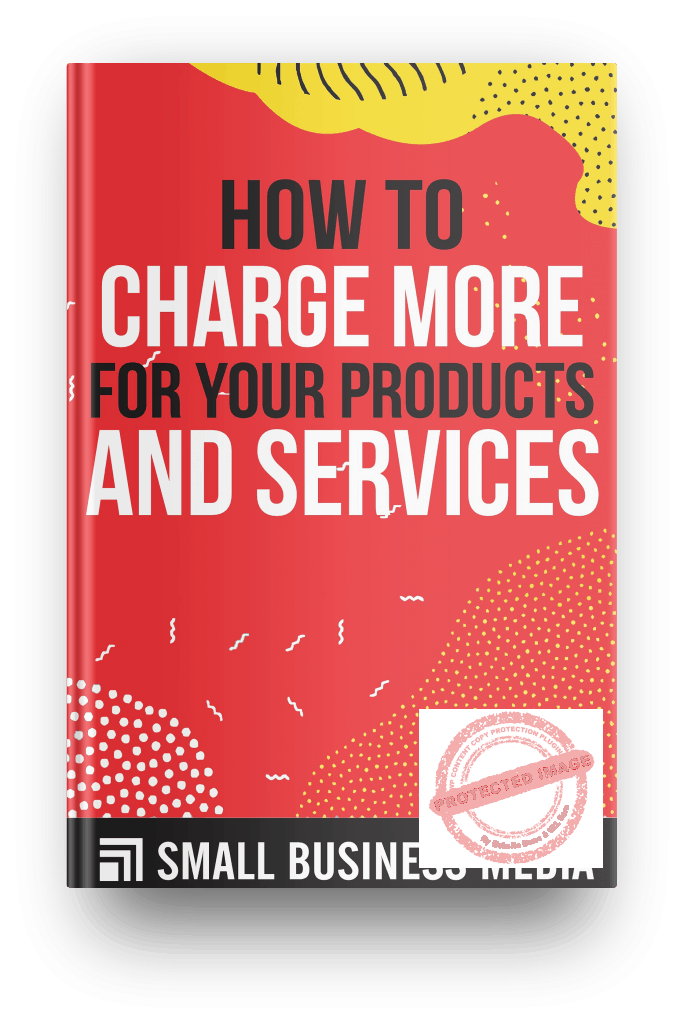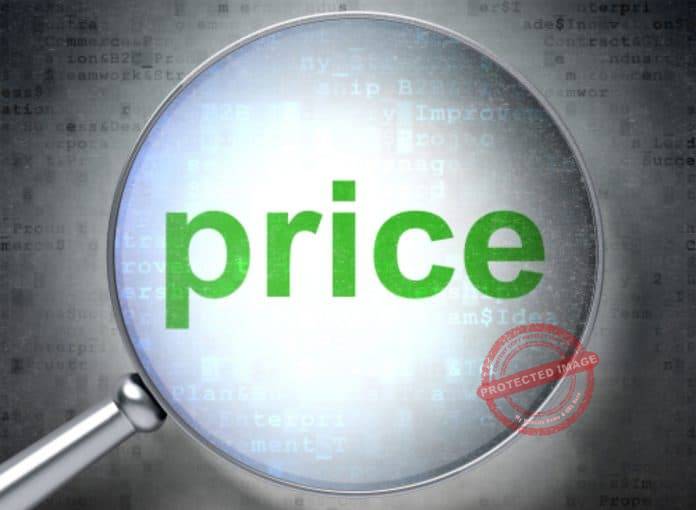Are you bothered about not making enough from your products or services? Or probably you are looking for ways on how to charge more for your products and services? Here are business success tips to teach you how to charge more for your products and services.
Maximizing profits from products/services is one of the major concerns an entrepreneur might have before launching a new service or introducing a new product.
Business pricing is actually a key skill for enterprising folks.
There are several ways to price your product or service and as an entrepreneur, you should decide which way you should price your offerings.
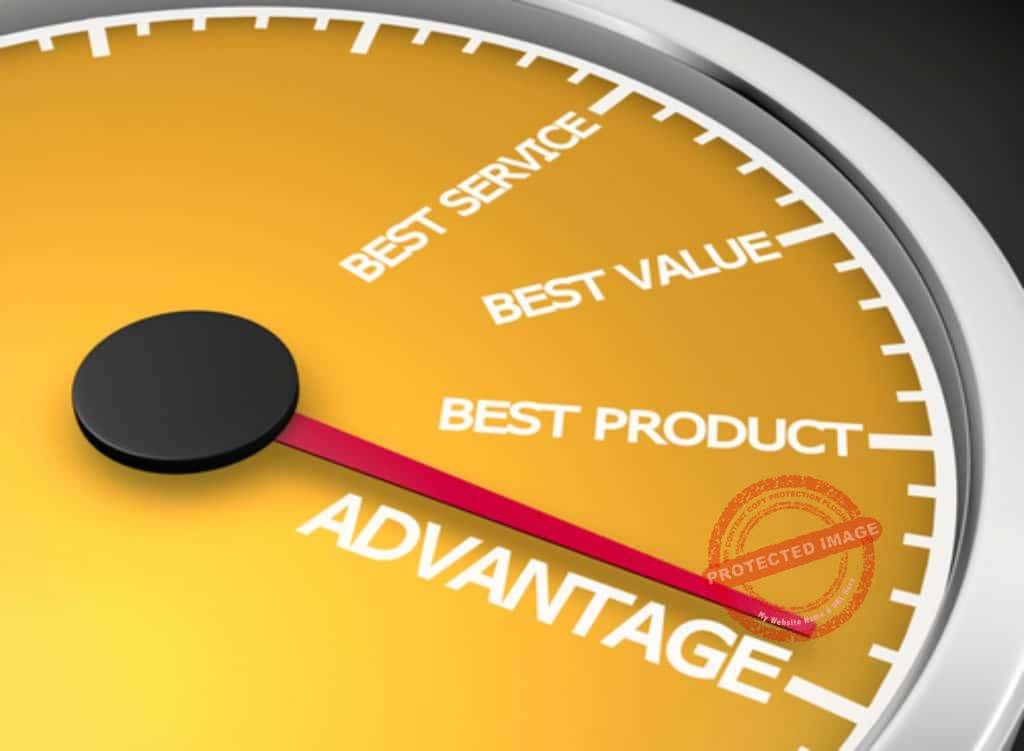
You can use a product pricing calculator but you still have to learn how to correctly set your prices.
You need to consider how your market may react to your pricing.
It should be obvious that if people think that you are pricing things way too much then they will take their business elsewhere.
That is where you lose customers to your competitor.
However, if your price is too low people may think that your product is cheap.
Again, this translates to more sales for your competitors.
Types Of Pricing
Let’s first take a look at the different types of pricing strategies that are being used today.
1. Premium Pricing
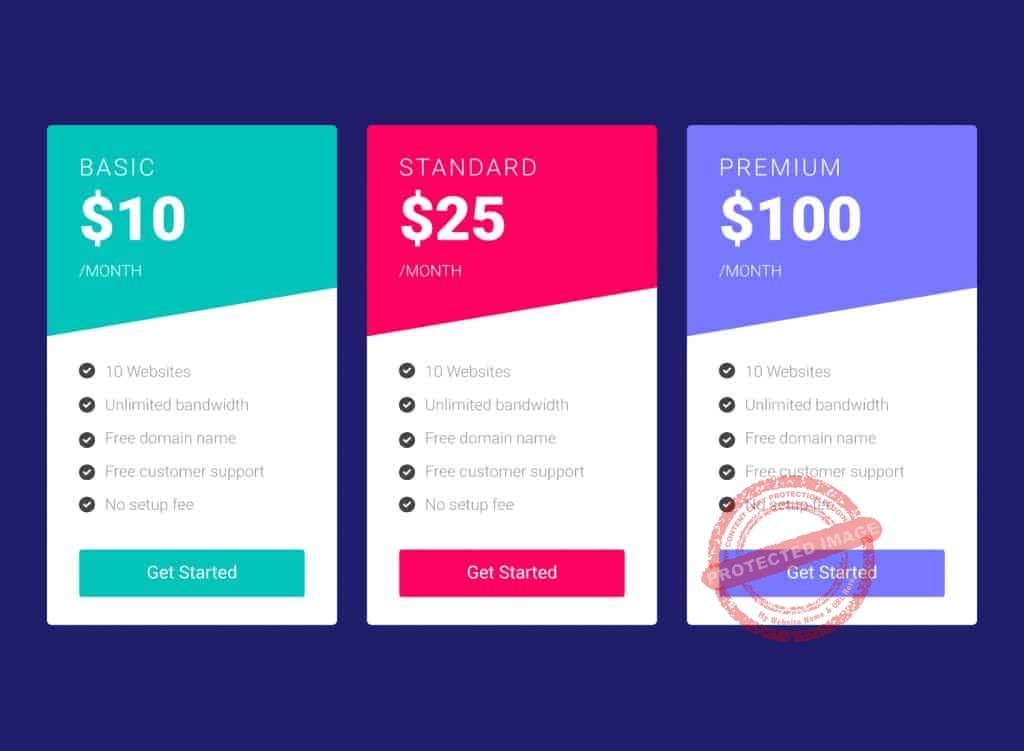
Setting a high price so that it will show either the exclusivity or the high quality of the product.
2. Penetration Pricing
Dropping the price in order to increase the volume of sales and improve market share.
3. Milking Strategy
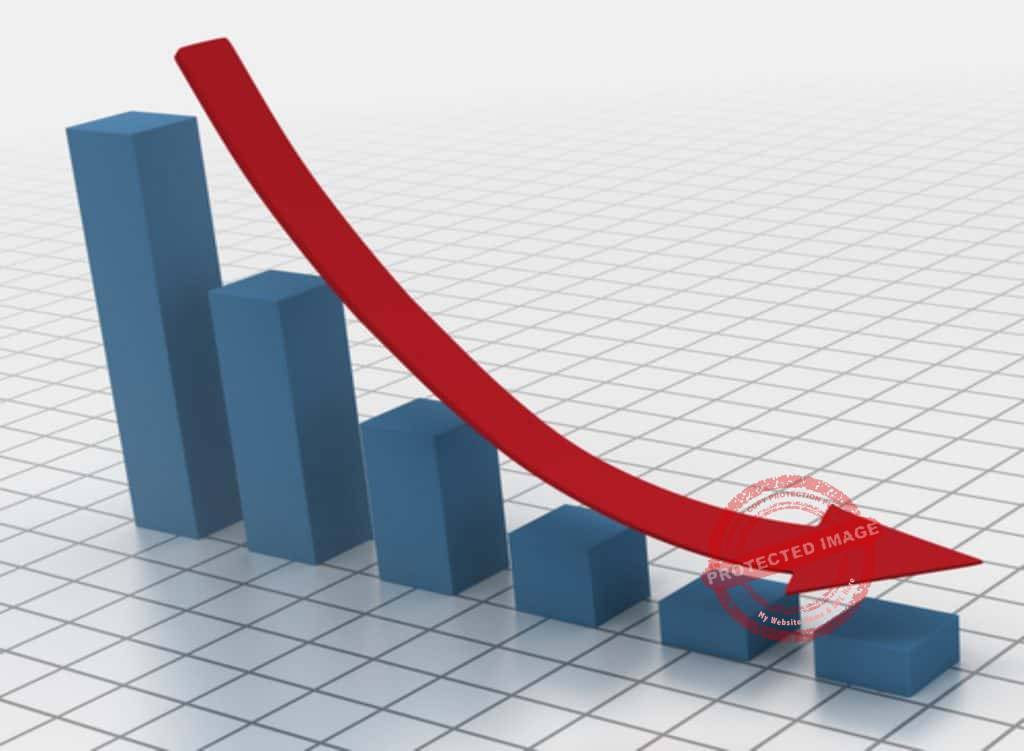
In this strategy, one would release a product at a high price or start your service rates and then lowering it slowly over time.
This is so that the product will be made more available to wider segment of the market.
In essence, you will make a profit from the market from one layer at a time.
4. Psychological Pricing Strategy
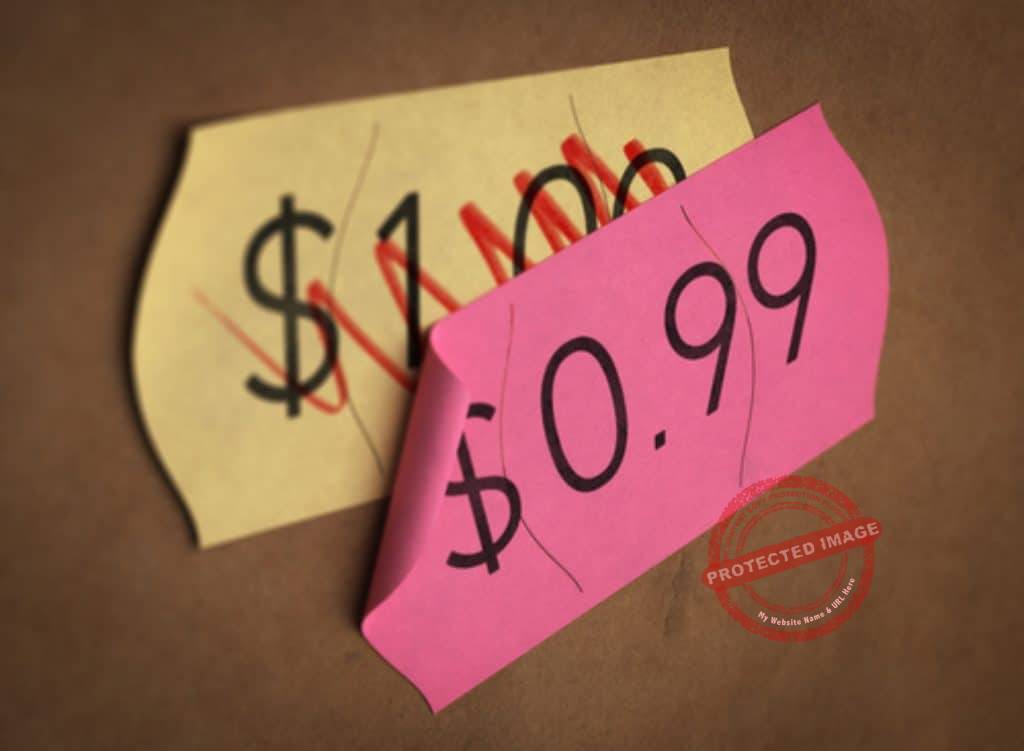
This is a very common pricing method that you can see on TV and also in shopping centers.
You will employ a positioning in the price making your products or services more budget-friendly compared to the competition.
For instance, instead of selling a pizza for $20 you tag it at $19.95.
5. Bundling

Bundling is a common product pricing strategy in homes, TV shopping and also in grocery stores and shopping centers.
With this pricing scheme, you bundle together several products and reduce the accumulated price thereby giving customers a discount.
That way you get sales on different product lines.
6. Competition Pricing
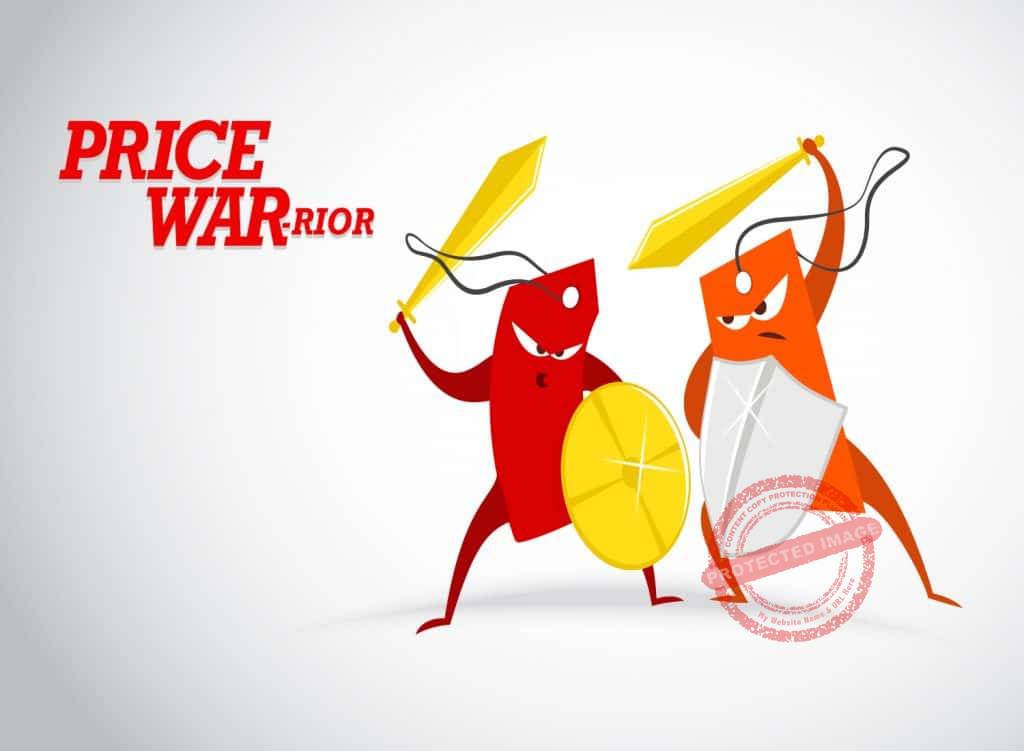
Simply put, this is where you set the price of your product or service in comparison to your competitors.
You can either make your price higher, just slightly lower, or really lower than your competition to achieve certain effects.
7. Product Line Pricing
This is where you take different products that are within the same range but put them at varying price points.
8. Optional Extra Pricing
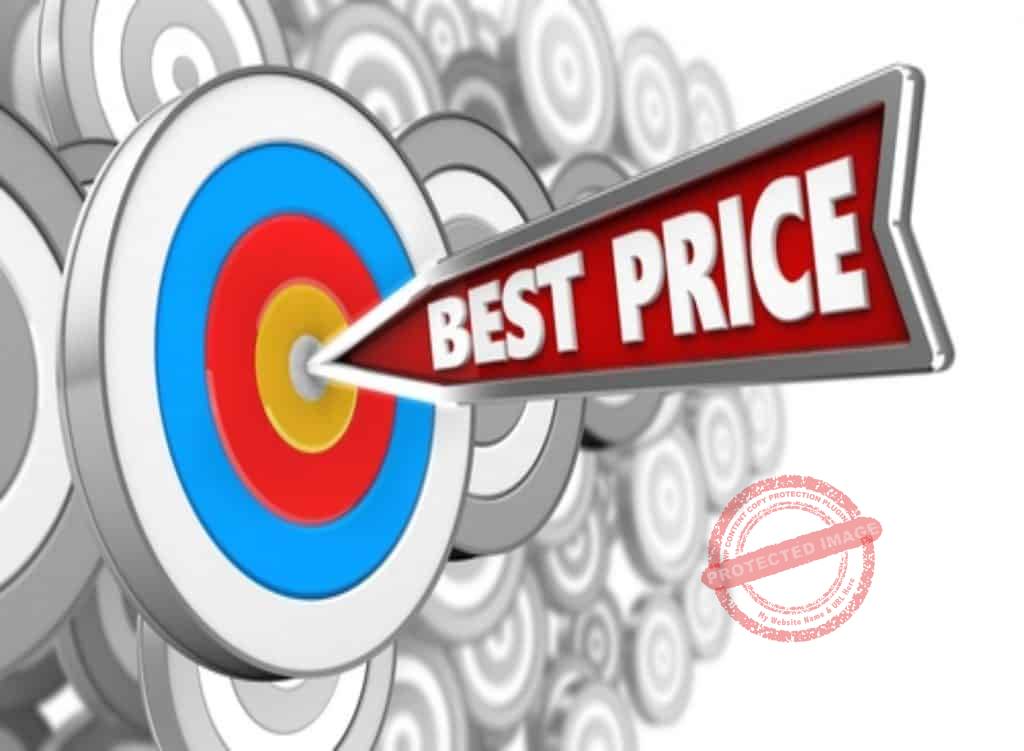
In this pricing scheme, you can include additional features to your product package.
You can offer different price points depending on the optional extra features that can be included with the original product or service.
Remember, It’s All the About How They “Think”
There is a popular idiom that goes “one man’s trash is another man’s treasure.”
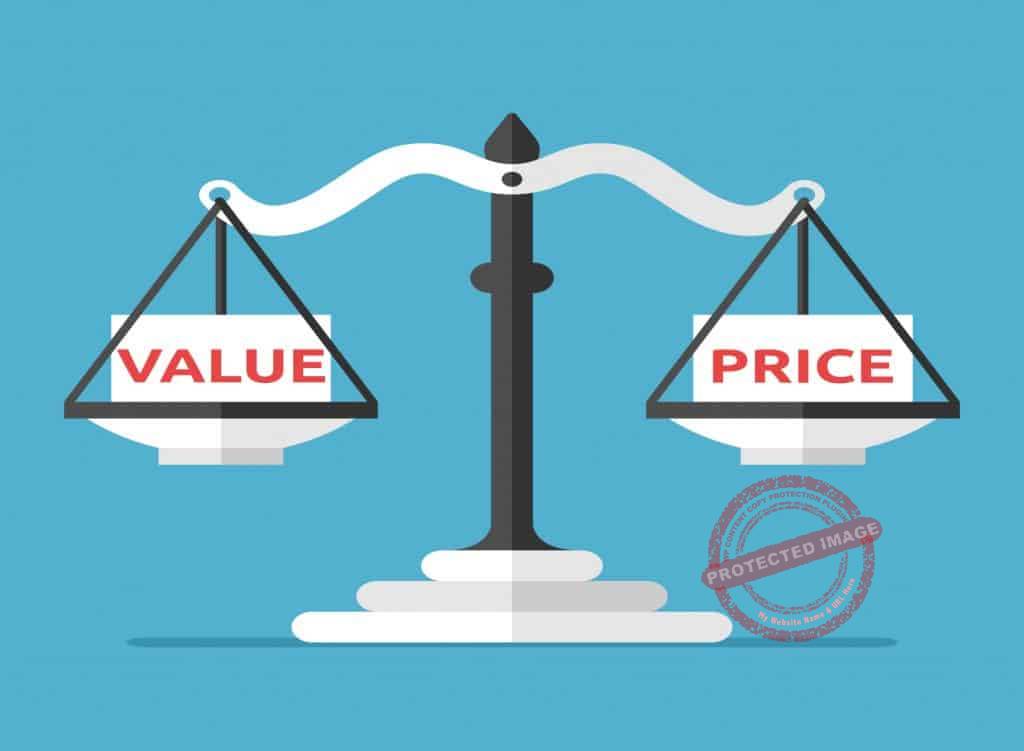
What does that mean in terms of how to charge more for your products and services?
In a nutshell, it means that the intrinsic value of a thing is not always equal to its perceived value.
For instance, for some people, a pair of Nikes isn’t much as it is very common to them.
But for some people across the globe, that same pair of shoes is something that is truly precious.
In this world, perception doesn’t always reflect reality.
In other words, it’s not always about the actual value of your product or service but more of what people think how valuable it is to them.
That is what sets, dictates, and drives the price.
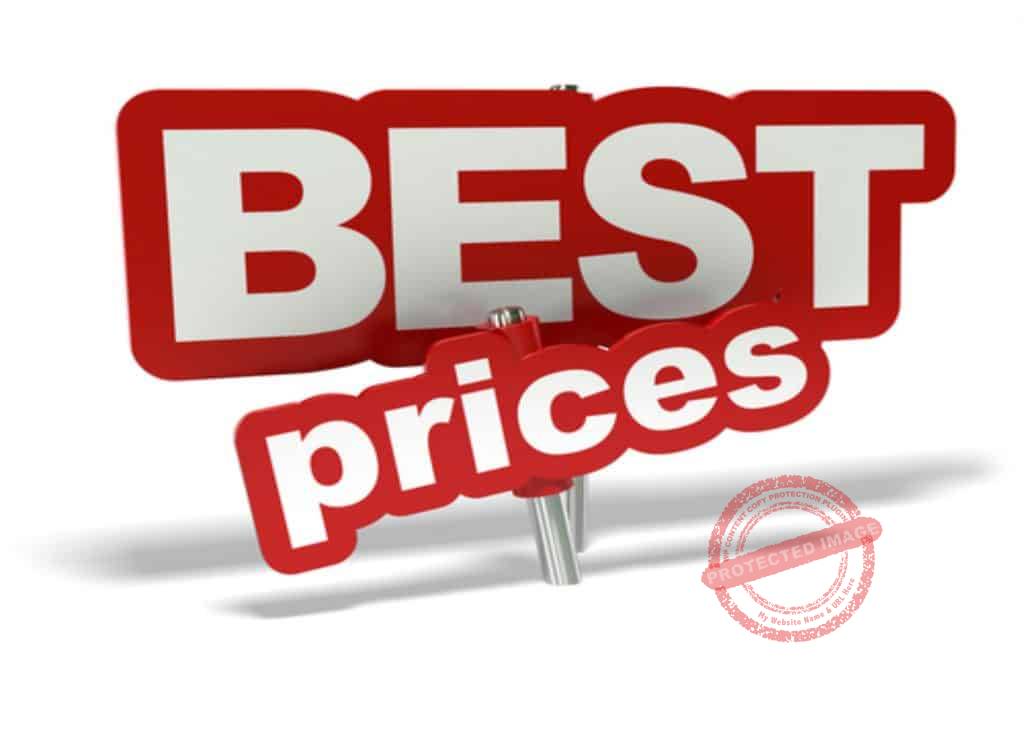
We usually think that setting your price for a product or service is something that should be quite objective.
But it’s really not—in fact, the perceived value is quite malleable.
Remember that the bigger the value that people perceive in your product the higher the price you can set.
There are plenty of studies that support the theory that you can tweak a few things about your product to improve its perceived value.
What Is Perceived Value?
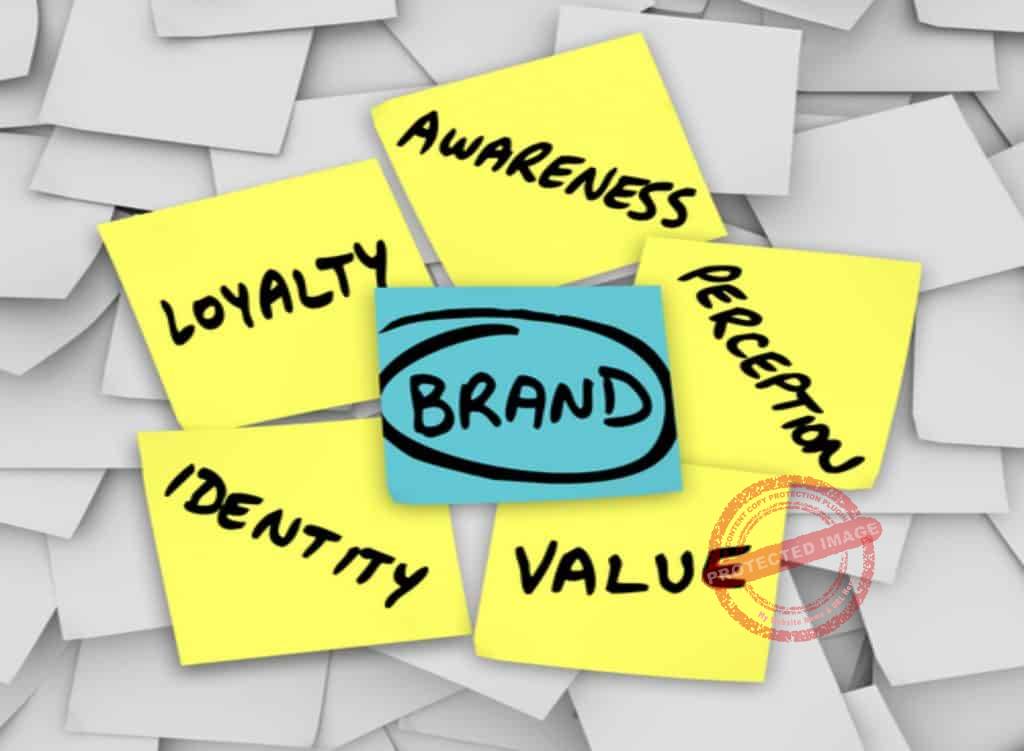
Perceived value is a marketing term which refers to the value of a product/service according to the evaluation of its merits made by customers.
This value is not determined by the price of production or the cost that was necessary to produce it.
The value is determined by how such a product or service is able to meet the expectations or the actual needs of the individual consumer.
This value is also partially determined by comparison with other competing products and services.

That is why marketing people try to highlight either the qualities of a product or how a product or service solves a particular problem.
It could also be in the form of how much better it is to other competing products or services.
We see that on TV all the time.
Product X is better than Product Y when it comes to fixing problem Z.
This perceived value drives the principles behind pricing products and services.
Making Perceived Value Work

The perceived value should always have a strong influence on the ways to price your product.
Sometimes it all boils down to how much the public is willing to pay for goods and services that they need or want.
If a product or service is perceived as being able to satisfy a consumer then that can be a major factor when you decide the type of pricing strategy that you will employ.
Your job, therefore, is to enhance whatever perceived value of your particular brand.
Remember that the perceived value of your brand may have little or even nothing to do with your product’s market price.

You can take advantage of the perceived value of your product or service by making an emotional appeal.
There are two ways you can do that:
- Driving the utility of your product or service
- Highlighting special considerations
Both of these strategies have their appeals and either one can have a significant impact on your pricing strategy.
Let’s go over them a little bit so you can see what each has to offer.
Perceived Utility Value
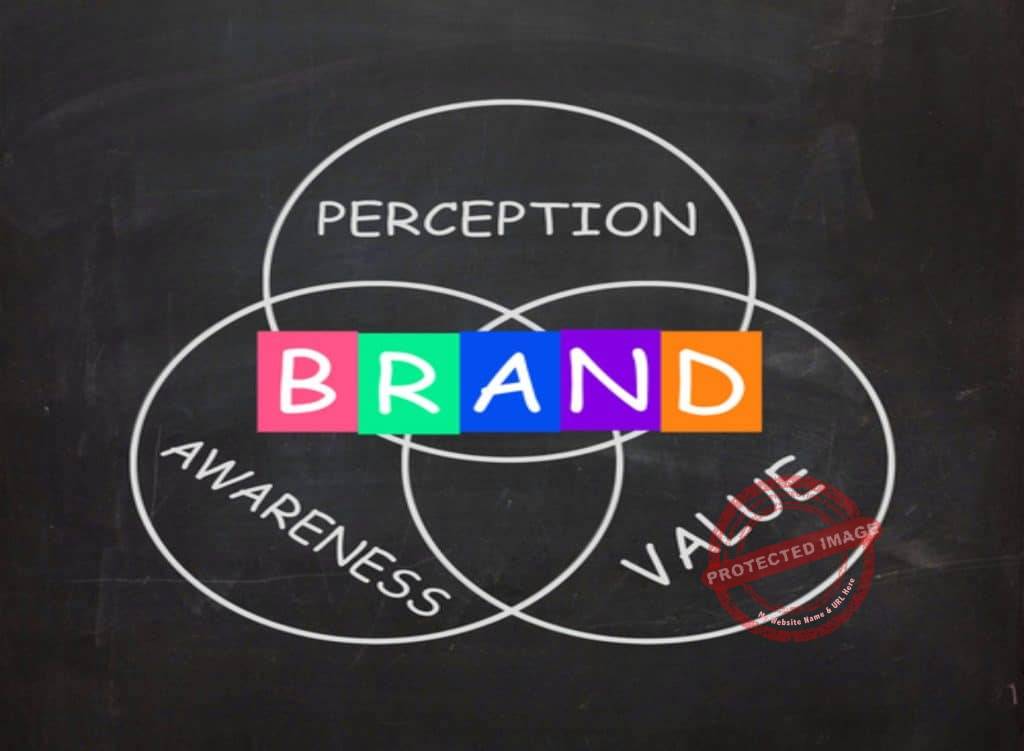
One of the ways on how to charge more for your products and services is to influence the perceived utility value of your brand.
In other words, you highlight your particular brand of product or service using:
- Its utility i.e. how useful your product will be to your target market
- The extra benefits that consumers can expect from your brand when they actually get to use it
You can influence the perceived value of your product or service by defining as well as highlighting its utility (i.e. how useful it can be to the consumers).
There are five ways you can do this and each one can be made as the central theme of your different marketing campaigns:
1. Form Utility

This refers to the aesthetics of your product (i.e. its physical design).
Even the most common products such as a frying pan can be perceived as something more valuable by designing it better than the average frying pan.
For example, adding features like a detachable handle, easy to clean surface, ceramic coating, etc. can give more value to it.
2. Possession Utility
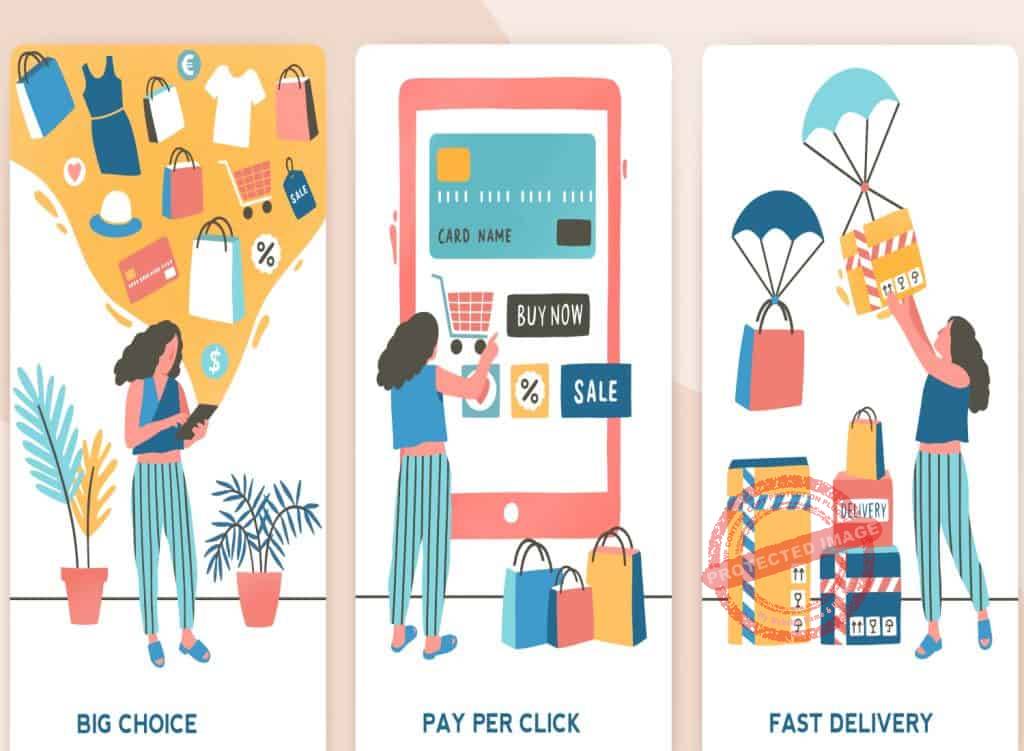
This refers to how easy it is to purchase your product.
Remember that some products or services may be a bit hard to find in certain areas (or even anywhere).
Offering your product on sale on the internet, free home delivery, store pick up arrangements, and others are a form of possession utility.
3. Place Utility
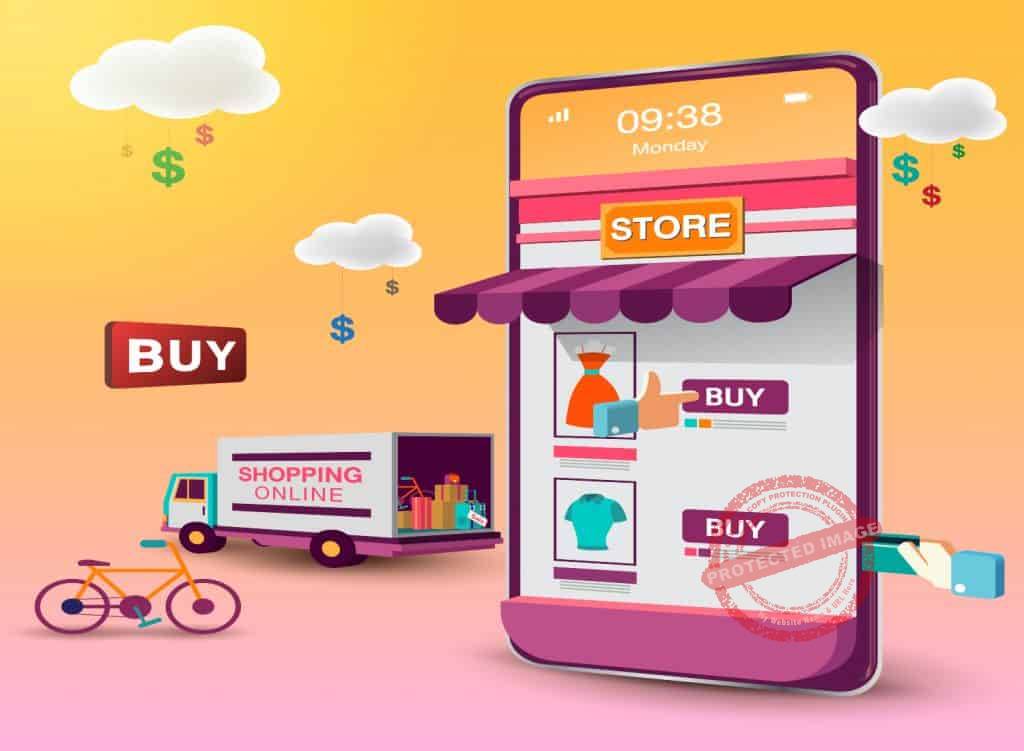
Refers to the convenience of your store’s location.
If your store or office (i.e. the source of the product or service) is just around the corner or near places of interest then you are using place utility.
A store that is easily accessible anywhere is definitely a better option than a store that is 50 miles away.
4. Time Utility
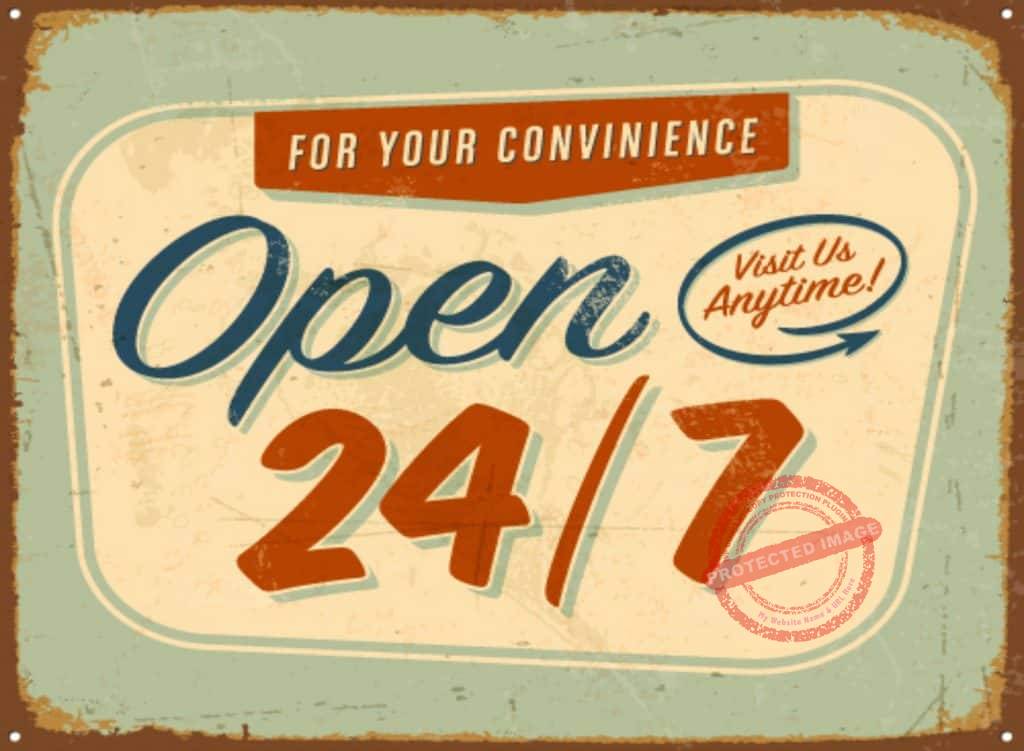
This refers to the ease of access to your service or product time-wise.
For instance, opening your store 24/7 is an example of time utility since customers can get the convenience of your services any time of the day.
Extending the operating hours of your store is also another example of time utility.
5. Task Utility
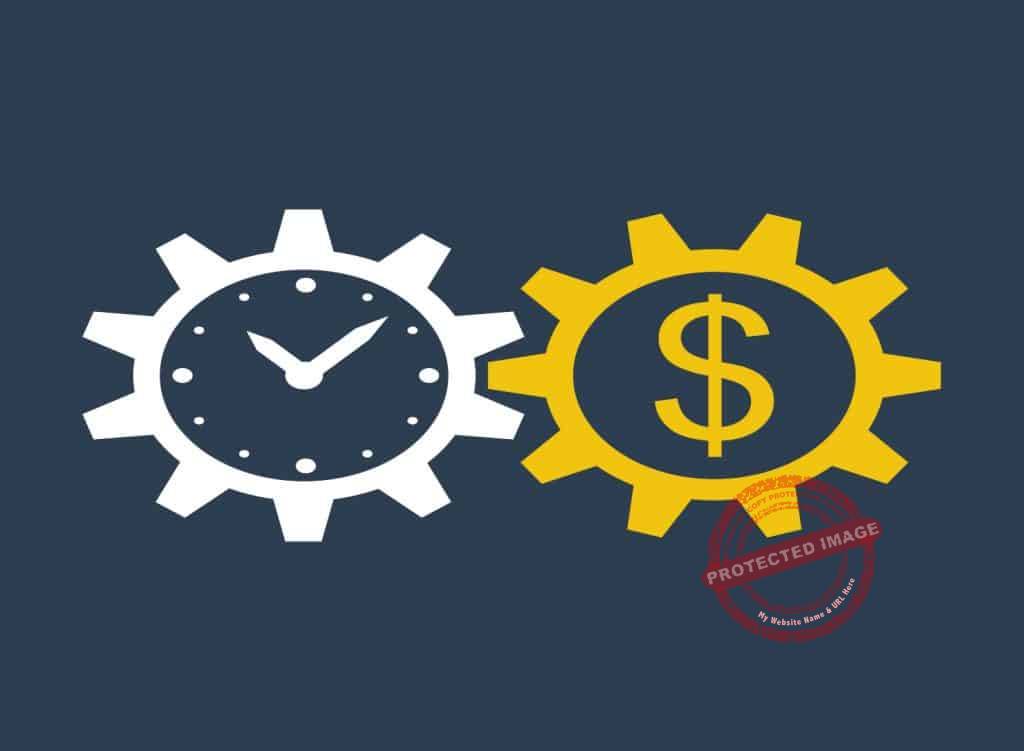
This refers to the value of a service or product that is produced because it saves the customer’s time, effort, or money.
For instance, a laundry service provides task utility because it saves the customers the effort of washing their clothes.
A robovac is another task utility product since it automatically vacuums the floor thus customers don’t have to bother with doing this chore daily.
Using Special Considerations

Now, special considerations value, on the other hand, has more to do with your brand than anything else.
Depending on how you market the brand of your business expectations can be associated with it.
If your brand has been well established then you can command a higher price compared to other brands that can be considered as rather generic in nature.
For example, in terms of medicine, we have generic branded pain relievers which are usually priced cheaper.
But then you also have pain relievers like Motrin and Advil, which are also ibuprofen.
However, they still give the same pain relief but they are brands that have established themselves in the market thus they can command a higher price.
Brand Marketing

Marketing a brand as something that is prestigious is also another way to increase the value through special considerations.
A luxury day spa is considered better compared to the other spas that you can find just around the corner.
Another example of business pricing comes in the form of luxury items.
A luxury bag isn’t any better than other bags when it comes to utility.
It still holds stuff inside just as well as other brands.
But a luxury brand like maybe Gucci or something brings prestige and can be an eye turner in the crowd.
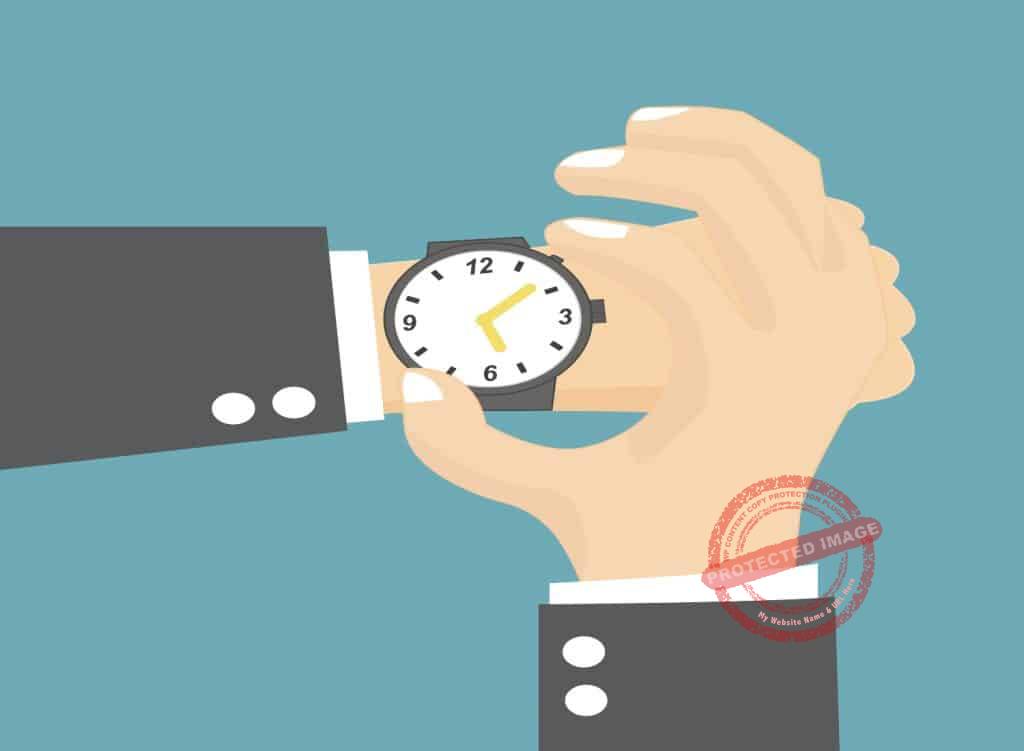
This wow effect that these luxury products bring is one of the things that is highly sought for.
A Rolex watch, for instance, is considered a mark of refinement and personal success.
The image it projects is its value rather than its function.
On the opposite end of the spectrum, you might want to take advantage of branding your products as a smart bargain.
There is a lot of profit that can be made when you focus on the budget-friendly side of everything.
Of course, you need to consider that as another set of pricing guides when you craft your own marketing and pricing plan.
Commanding Price via Perception
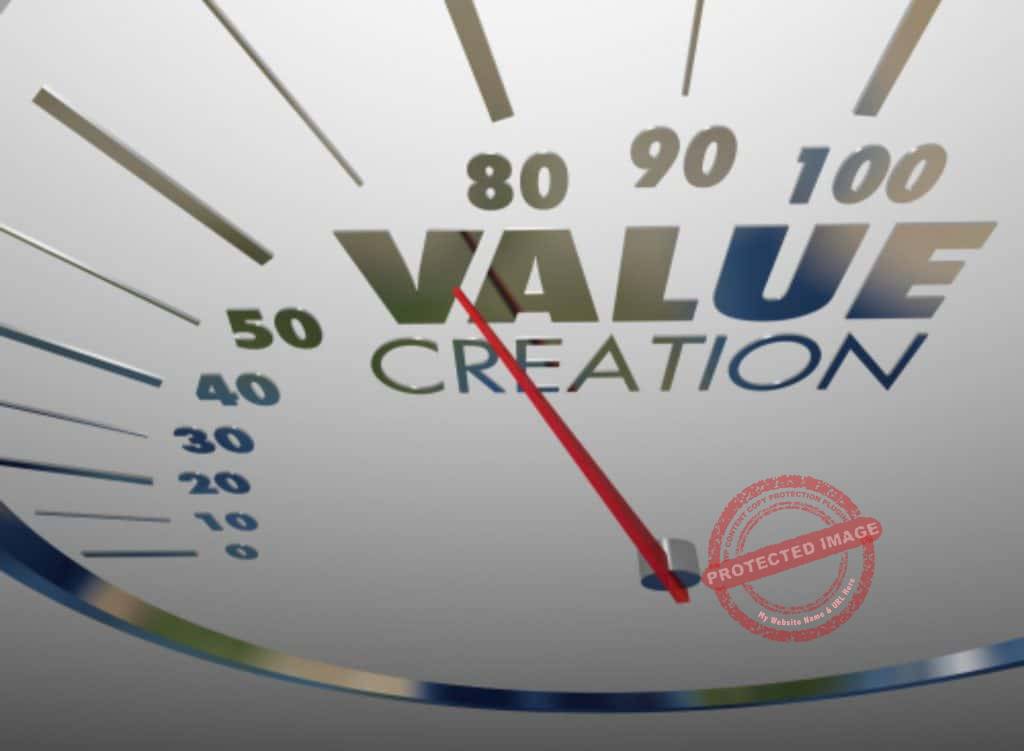
Now here is something that will kind of cook your noodle – as Rory Sutherland has pointed out in his TED talk, the perceptions of customers is usually leaky.
What does that mean?
It means that the value of your product can be increased without actually increasing its objective value.
Sure you have costs when you produce a product or provide a service.
But that isn’t going to dictate the actual value of your brand.
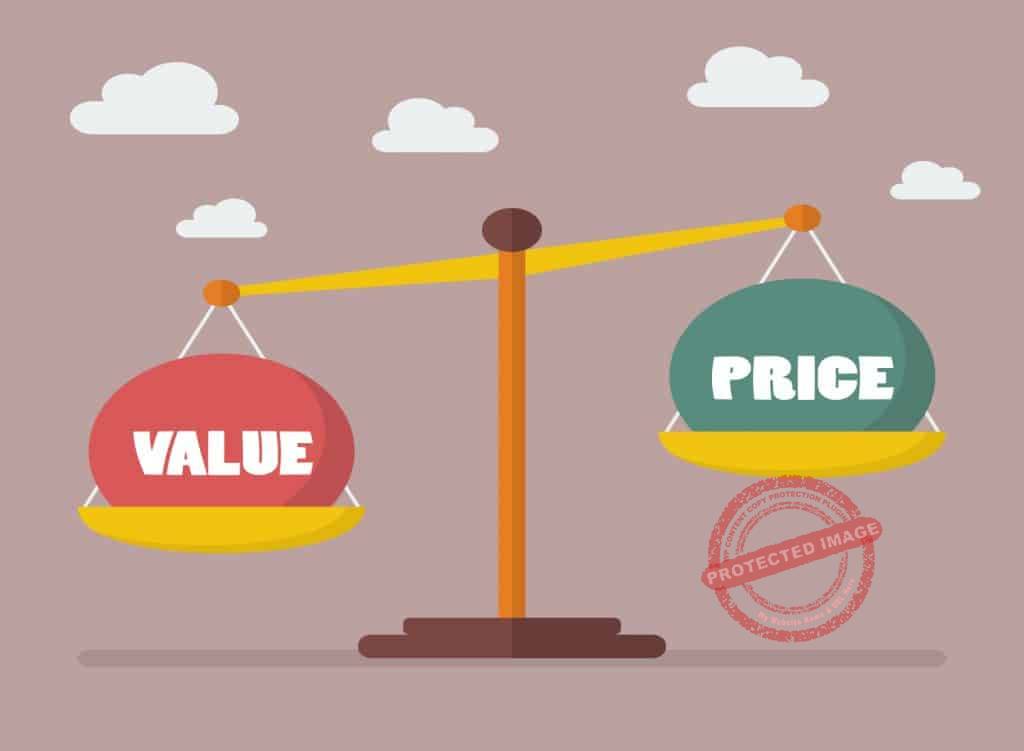
The key point here to charging high prices, therefore, is to change the way people perceive your product or service.
Here are a few examples just to name a few:
- People think that washing their cars will make their vehicles run a lot better
- People put a lot of value on freebies. You can offer a free item that maybe costs $3 if your customers purchase a certain amount of items from your store—and guess what, they will do it.
- Providing too many options in your store reduces the number of sales but if you streamline the items (like what McDonalds has done on their menu) then you can already see the effect it will have on your sales.
- Again, going back to painkillers, Advil isn’t any better than generic brands but it is perceived as a premium brand so people think it is a better option.
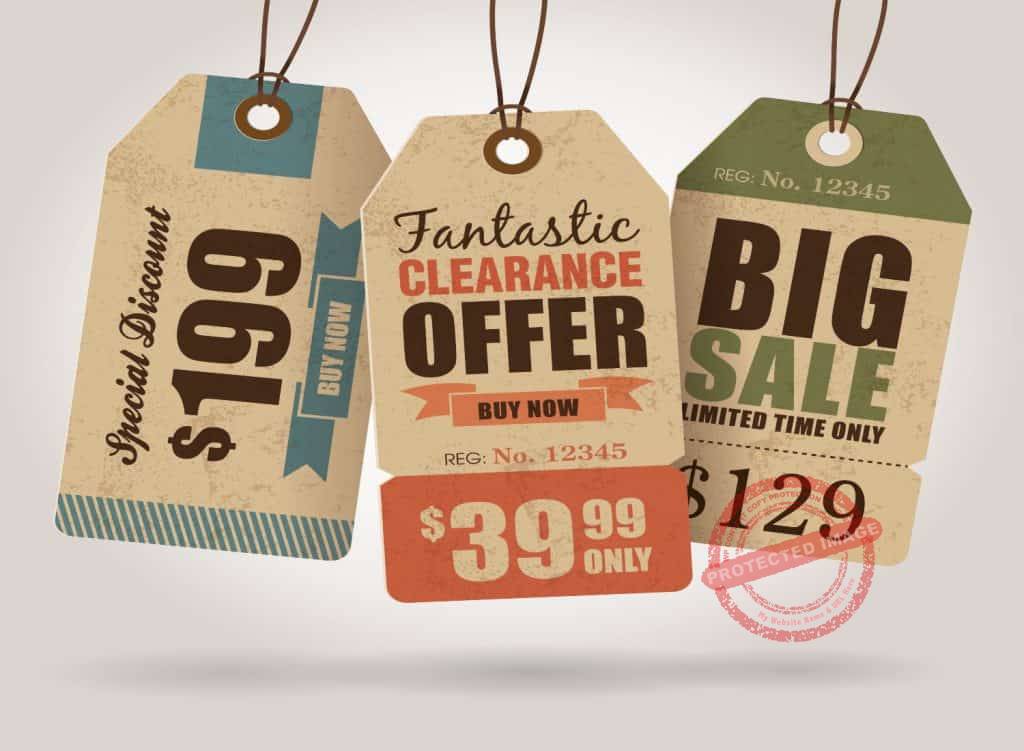
Rule of Thumb: your products pricing and the rates of your service should be at the price at what your customers will be willing to pay for.
That is one way to overcome the fear of charging for your service.
If people are willing to pay a higher amount for your service then that is how you should price it.
Use The Power Of Reframing
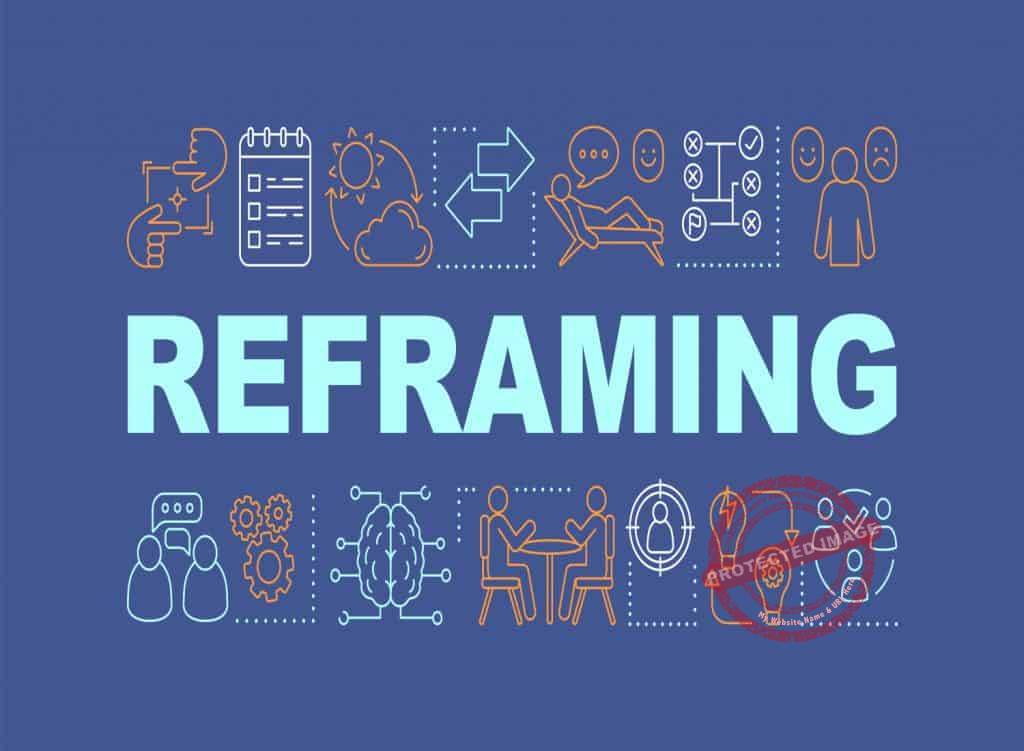
Reframing is another concept that you can apply when you are trying to determine whether to charge more for your product or service.
For example, if you sit around by yourself at a party with no one to talk to then you are perceived as an antisocial or someone who is friendless.
On the other hand, if you hold a drink in your hand and sway to the music on the dance floor then that is totally something else.
That is even if you were totally by yourself you will be perceived as being part of the crowd.
So, how do you use this principle when setting your price?
It’s how you reframe your brand.
Do you sell cheap products or are you giving people a bargain?
Is your service too expensive or are you giving it exclusively to a select market?
The Effect Of The Spin

If you want to know how to charge more for your product or service, you need to look at how you spin things.
Customers are sometimes rather irrational when it comes to how you project the image of your products or services.
It would sometimes seem that when you increase the perceived value of your product then better customer experiences are associated with it.
This is an invaluable concept when it comes to pricing products and services.
For instance, an Acer laptop may have the similar hardware specs as a Macbook Air, but people say the Mac is better than the Acer, which is actually a lot cheaper.
Creating Scarcity
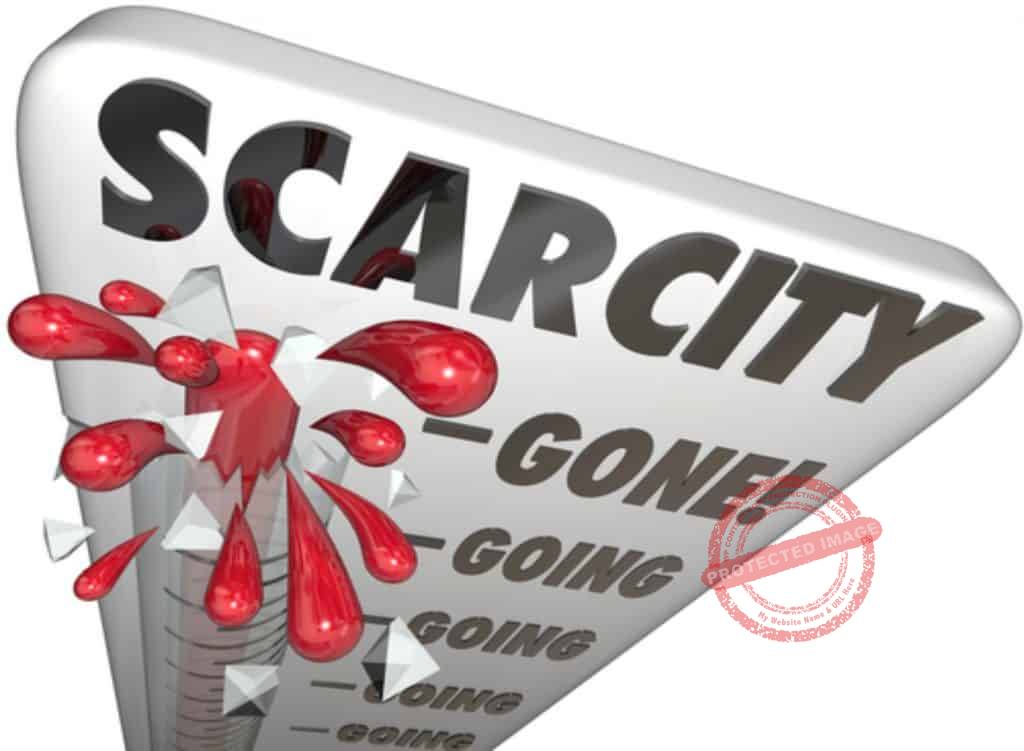
Pricing guides and marketing gurus have also pointed out how exclusivity or scarcity can help you command a higher price.
Produce a limited amount of your product or offer your services for a limited time only then that is your ticket to charging high prices.
Adding An Element Of Altruism
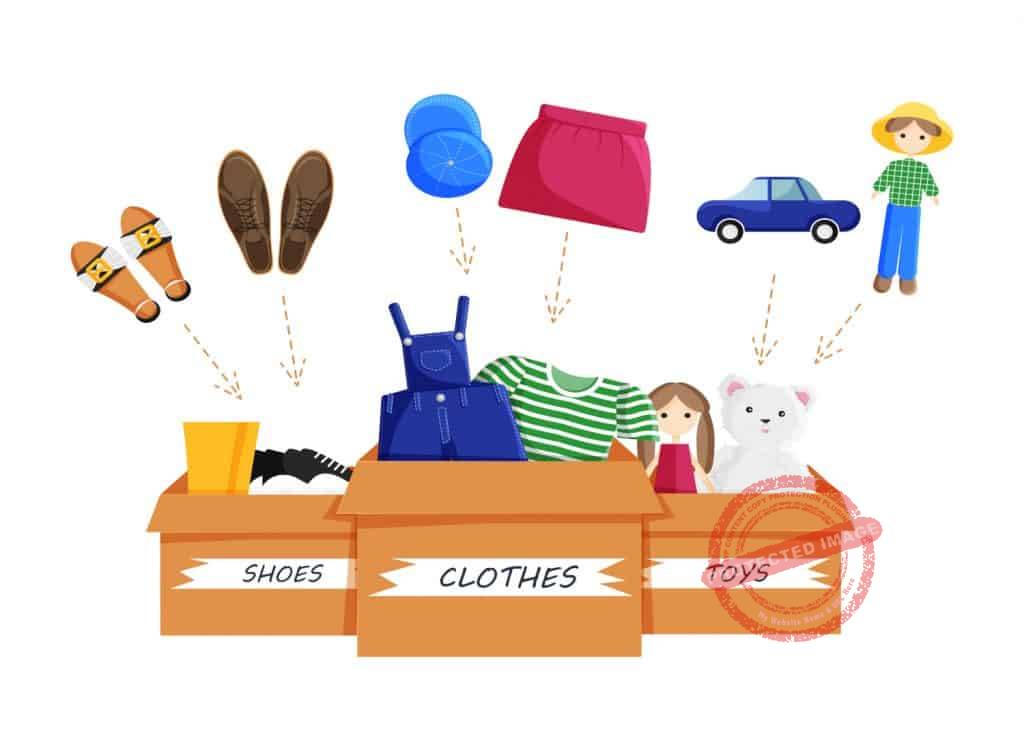
There are companies that point out that a portion of the price of their goods and series goes to charity.
Thus they have a higher product or service pricing model.
Other companies, on the other hand, introduce gift certificates.
These certificates are advertised as part of funding charity projects.
Studies show that people who were given these gift certificates shopped at the said stores 82% more than the average customer.
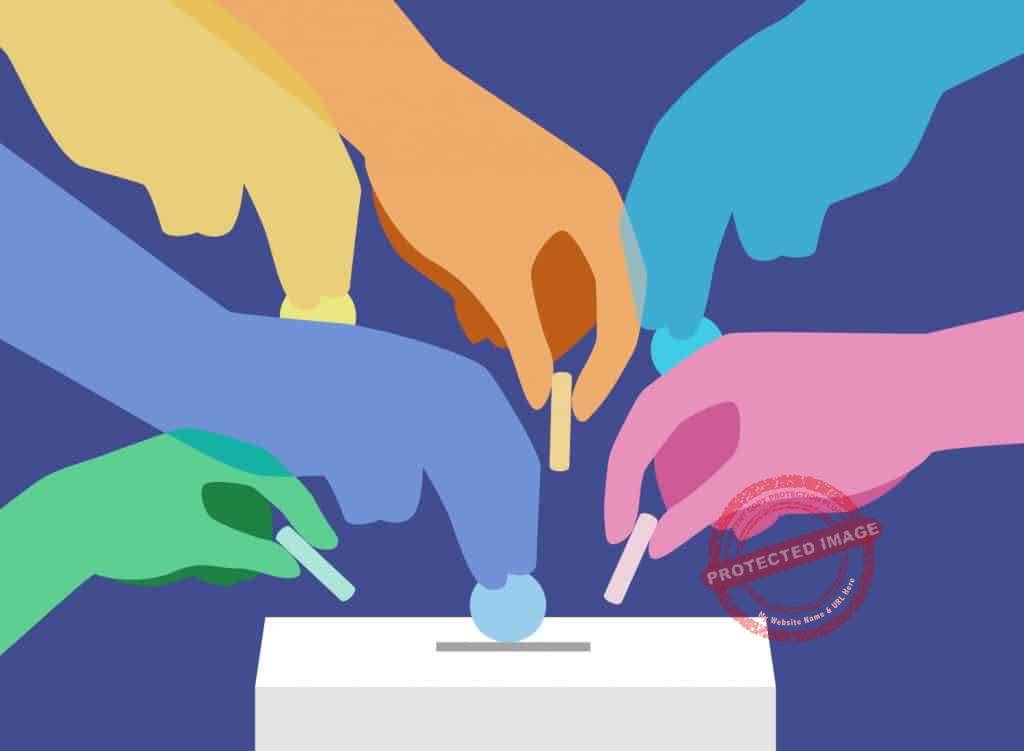
At that time the company that offered them have a higher price for their goods.
According to one survey, 94% of customers say that they will switch to a brand that funds charities.
20% of people surveyed say they will be willing to pay a higher price for goods that support a charity.
That is something that you can’t factor in a product pricing calculator.
Reducing Any Perceived Risks
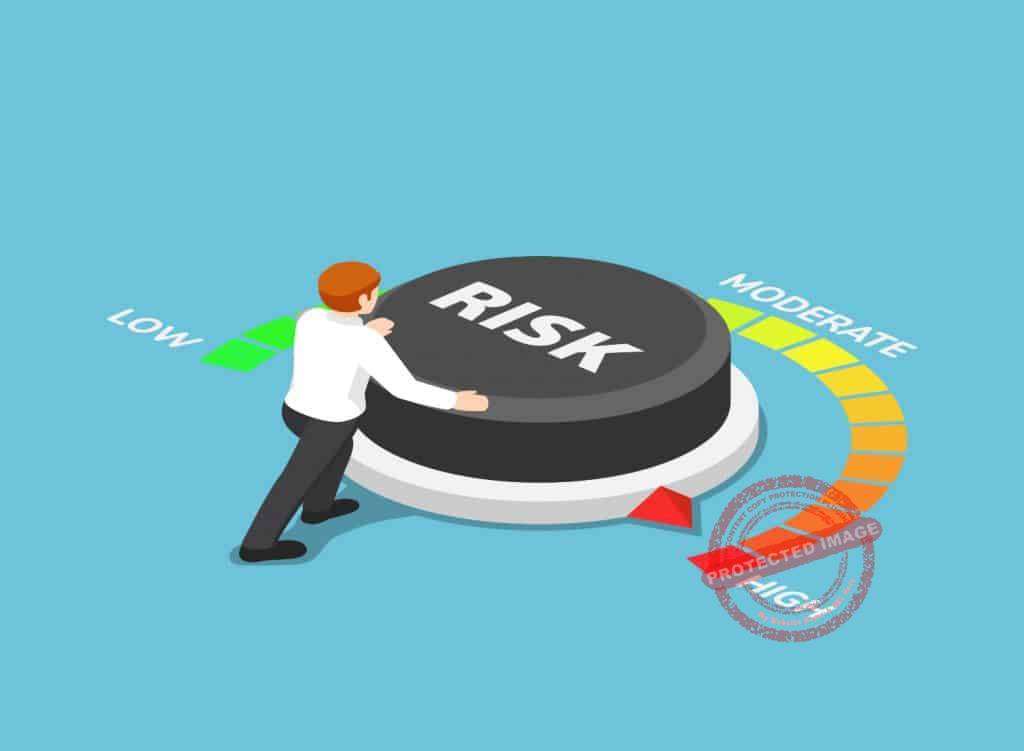
When you charge more for your products or services, it is natural for people to have second thoughts especially when the price point is pretty high.
How do you make people buy your brand instead?
You add a money-back guarantee.
This should also help to quell the fear of charging for your service.
This is called reducing the perceived risk.
There are other ways you can do this, for instance, adding clear contact information.
More so, you can put trust and security symbols on your label, and offer an easy return policy.
In conclusion, so far, we have been able to cover various strategies on how to charge more for your products and services.
If you have questions or if there are methods that you think we missed, please leave them in the comments section.
Click on Buy Now For a PDF Version of This Blog Post
 |
